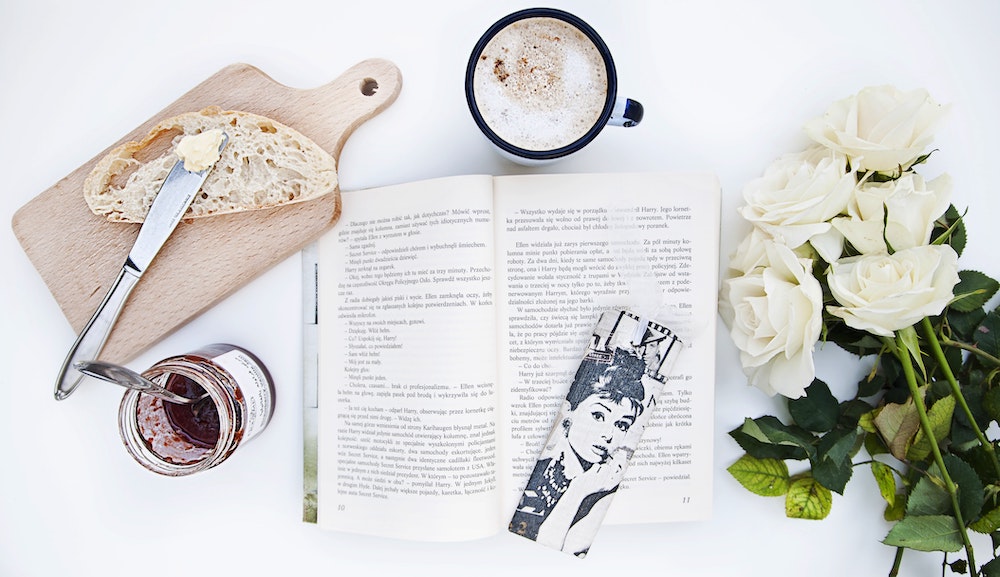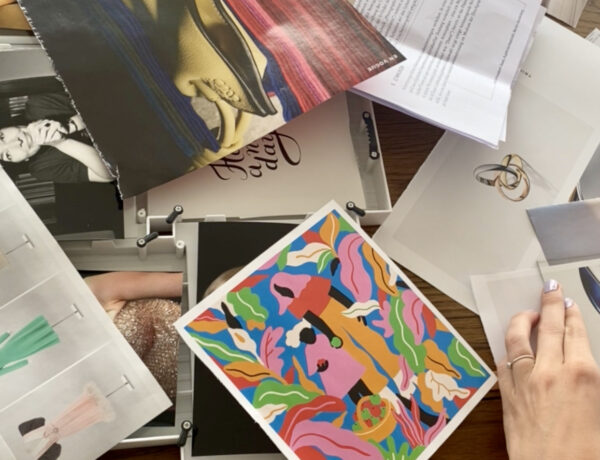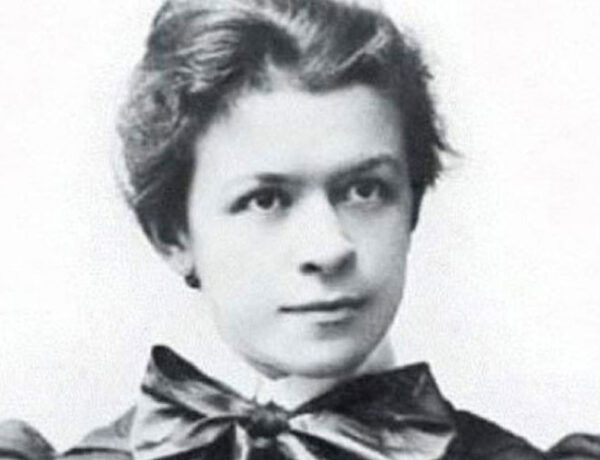Dark, beehive hair, silver tiara, black evening gown, long velvet gloves, and an impossibly long cigarette holder. Most people have such an image of Audrey Hepburn. A graceful, fragile figure and her iconic outfit from Breakfast at Tiffany’s opening scene. For a long time, that’s all she meant to me too, until life brought her (or, more accurately, her biography) to my attention at a book fair this summer. As her life was full of twists and adventures, I’ve decided to dedicate two separate blog posts to her.
- Noble beginnings
- New country, new hobby
- Audry Hepburn returns home and gets a new name
- The most violent years of the war
- Liberation
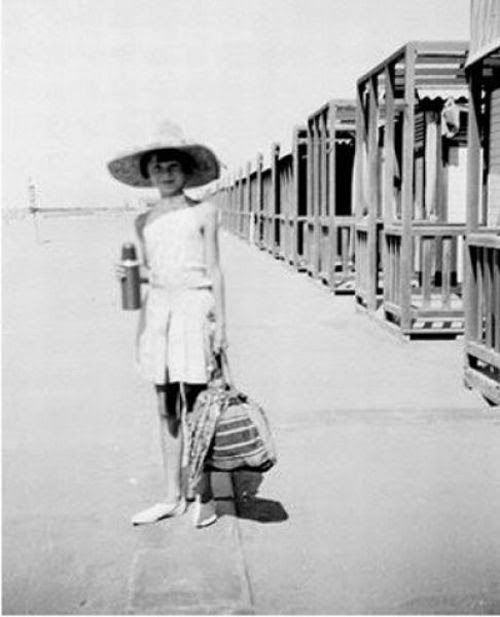

1. Noble beginnings
Audrey Kathleen Ruston was born in Brussels on 4 May 1929, from her mother’s second marriage. It is a common misconception that she was born into a wealthy aristocratic family. Audrey’s mother, Baroness Ella van Heemstra and her family of the Netherlands did indeed have a noble title. Still, no one, not even the family themselves, could say exactly from where it came. The family belonged more to the upper-middle class. They did not have fabulous family fortunes, but they also did not have to scrimp and save. Ella also had two sons from her first marriage, with whom Audrey enjoyed a warm, loving relationship throughout her life.
Her father, Joseph Ruston, was a British bon vivant. When he met Ella, he was probably attracted more by the aristocratic title and coveted wealth than the Baroness’s beauty. So he must have been disappointed when he realized that not only was he not going to get rich, but he would have to work. Considering these circumstances, it’s not surprising that the marriage failed. Ruston left his family in 1935 and moved to London. In the same year, he requested to educate their daughter in England rather than in the Netherlands. Perhaps still hopeful that her husband would return to her, Ella did not object and enrolled their daughter in a boarding school in Kent.
2. New country, new hobby
The relocation to England and her parents’ divorce deeply affected the shy girl’s personality. Still, she later said that the years at school “ turned out to be a good lesson in independence.” She probably remembered her years in England so fondly because she met her greatest passion here for the first time. Audrey was in love with ballet. She was not outstanding in the other subjects, and even according to her, she did not like to study. But she was a very talented ballet student. She started taking ballet classes from a ballerina in a nearby city. She practiced hard whenever she could. It was not long before she was about to perform on stage for the first time in her life. Audrey played the lead role in the performance, which was a great success. The 9-year-old girl’s life seemed to be returning to normal. She was getting used to her new environment. She had made friends, and her relationship with her parents seemed to be getting better.
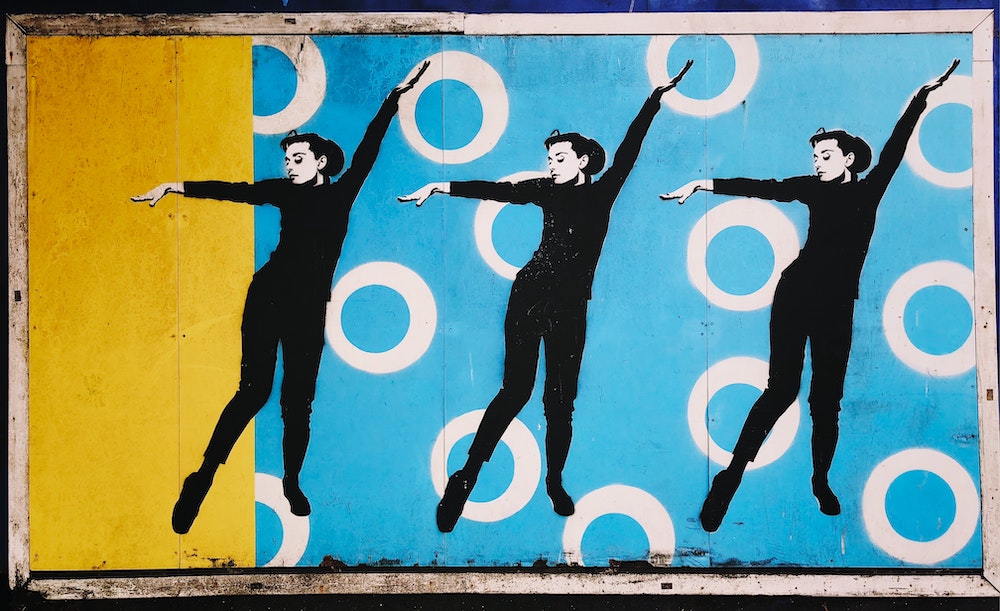
But the happiness did not last long, as the Second World War put an end to her studies abroad. Her mother, Ella, believed that in case of war, Audrey would be safer in the Netherlands, which had remained independent during the First World War (Spoiler Alert: she was wrong). So Audrey left the UK on one of the last planes on 14 December 1939, accompanied to the airport by her father, whom she never saw again until the end of the war.
3. Audry Hepburn returns home and gets a new name
After 10-year-old Audrey arrived in Arnhem, the Netherlands, she faced similar challenges to those in England a few years earlier. Once again, she found herself in an unfamiliar environment and moved to a country about which she knew little. Although she had spent her childhood years in the Netherlands, she was not fluent in Dutch and was unfamiliar with the culture. This is not surprising, since as a little girl, she was mostly surrounded by relatives with whom she spoke English, French, and, less often, Dutch. Interestingly, her international background contributed to her particular English accent and intonation that made her so unique throughout her movie career. Ella wanted to throw her in at the deep end as soon as possible. And she enrolled her daughter in a local Dutch-language school under the pseudonym Edda van Heemstra. Changing her name was necessary to conceal Audrey’s English origins from the local Nazi forces. However, despite the name change, his classmates regularly made fun of her because of her accent. She often went home crying out of humiliation, fear, and anxiety.
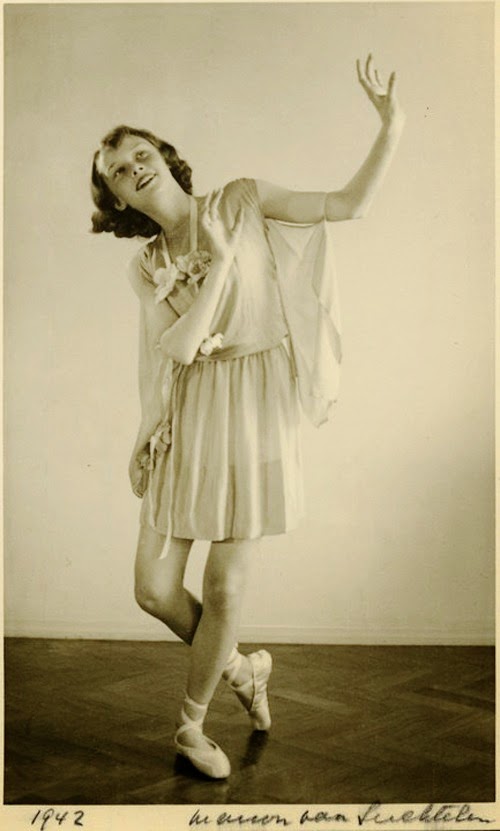
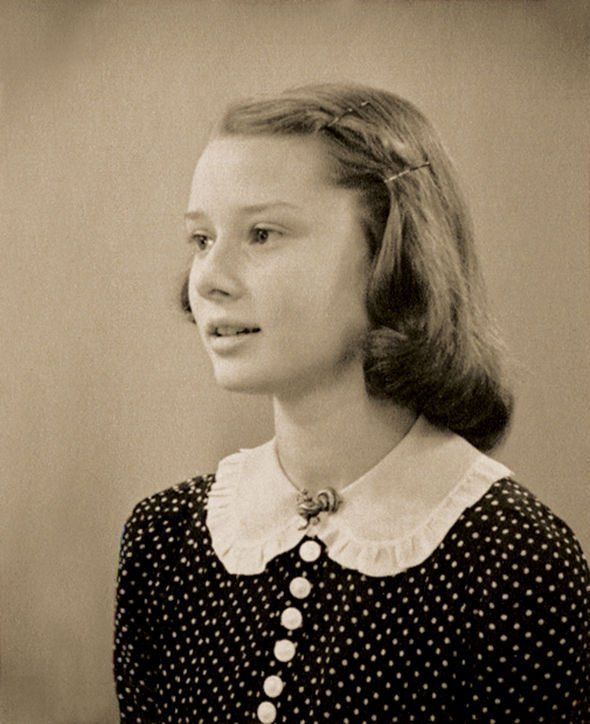
Again, as in her years in Kent, Audrey found refuge in dancing. She gained admission to the ballet school in Arnhem and trained harder than ever, with the sole aim of becoming a famous ballerina. Thanks to her mother’s connections and persistence, she was eventually able to take part in performances outside school too, such as the celebration of the 125th anniversary of Mozart’s death. But meanwhile, everyday life in the Netherlands was becoming more and more unbearable. The ticket system was getting stricter each week, arrests were increasing, and the Nazis were executing innocent civilians. Among them was Audrey’s uncle, Baron Otto van Limburg Stirum. It was quite a shock for the little girl, who looked upon the baron as a sort of father figure. After that, the van Heemstra’s decided it was safer to live closer to each other, so they all moved to Audrey’s grandfather’s village, Velp.
4. The most violent years of the war
For Audrey, the relocation meant that it took her longer to get to the dance school, and she had to travel by tram, which at that time was not without its dangers. Yet Audrey continued to dance firmly, performing her own choreography, combining classical ballet with modern dance. Over time, ballet was no longer just a matter of self-expression; it helped her overcome the horrors of war and the misery of everyday life. But by her early teens, it was becoming clear that fate had other ideas about her future. Audrey’s physique did not quite match the ballerina ideal of her time; at 14, she was already taller than her male classmates, her shoe size had suddenly increased. It seemed that she would have to give up her ballet career. Soon, however, she had to face much more serious difficulties.
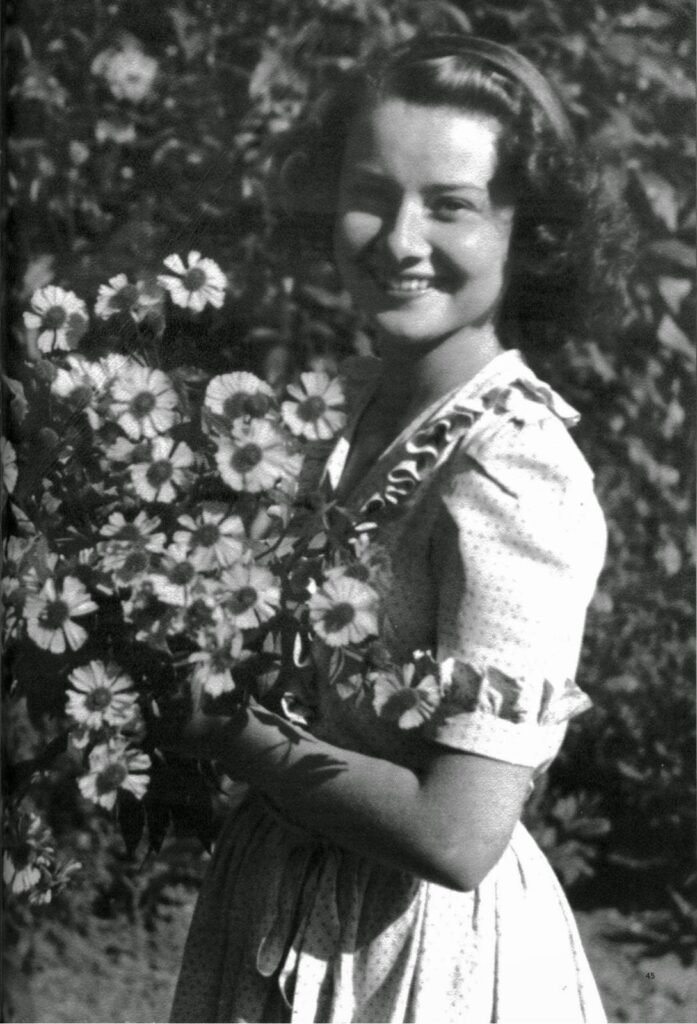

The war was getting ugly; British and then American bombings became regular occurrences; they cut food rations, and only one room was allowed to be heated. In the hope of an earlier liberation, the van Heemstra family, like all Dutch patriots, helped the resistance and the Allies wherever they could. They hid wounded soldiers in their basement; Audrey worked as a volunteer nurse at the hospital in Velp and even smuggled secret messages hidden in her shoes to key Allied contacts. These operations were hazardous, and those who were caught were executed. On one occasion, she actually escaped death when she and a dozen other innocent civilians were forced into a Nazi military truck in broad daylight. The truck eventually stopped again to collect more victims, and when the soldiers turned away, Audrey used the moment to jump off the truck and run away. She then hid at home for more than a month.
5. Liberation
The devastated Dutch people finally had to wait until 1945 for the liberation troops. Audrey was not quite 16 years old at the time, weighing just 36 kilos, terribly weak from starvation, suffering from anemia, her face discolored, and her body covered in oedemas. At that time, they had barely anything to eat, so they tried to bake grass into bread and ate tulip bulbs. The liberating British soldiers offered chocolate and cigarettes to the teenage girl, who seized the opportunity and thus began her lifelong addiction to cigarettes and a strange relationship with food.
I have learnt how to live… how to be in the world, and not just to stand aside and watch.
Audrey Hepburrn
But let’s stop here for a moment to summarize how much a girl at such a young age has been through. Her parents had divorced, and she barely saw her father. Hepburn was raised in three countries and was repeatedly forced to adapt to new cultures, languages, and people. She had to change her name three times, she was born Audrey, but lived the first years of her life as Adriaantje, then became Audrey again, only to live on as Edda at the beginning of the Second World War, then perform ballet as Adriaantje, then become a world-famous film star as Audrey. She lost her beloved uncle, countless neighbors, and good friends, and the Nazis took away one of her brothers in front of her.
Not to mention the hunger, deprivation, and constant fear of death. Audrey was far from having the stability that such a young child needs, which has left its mark on her young adult and mature female years. She has repeatedly said that she is very insecure about accepting love and fears abandonment, but at the same time, she loves to give love. You can read about the second phase of Audrey’s life in an upcoming blog post. Until then you’re welcome to discover another inspiring women’s life, Mileva Maric.
Sources:
Robert Matzen: Dutch Girl. Audrey Hepburn and World War II
Donald Spoto: Enchantment. The Life of Audrey Hepburn.
https://www.youtube.com/watch?v=T5595ipEoT0
https://en.wikipedia.org/wiki/Audrey_Hepburn
https://www.gosocial.co/10-things-didnt-know-inspirational-audrey-hepburn/
http://www.disappearingman.com/germany/audrey-hepburn-versus-nazis/

